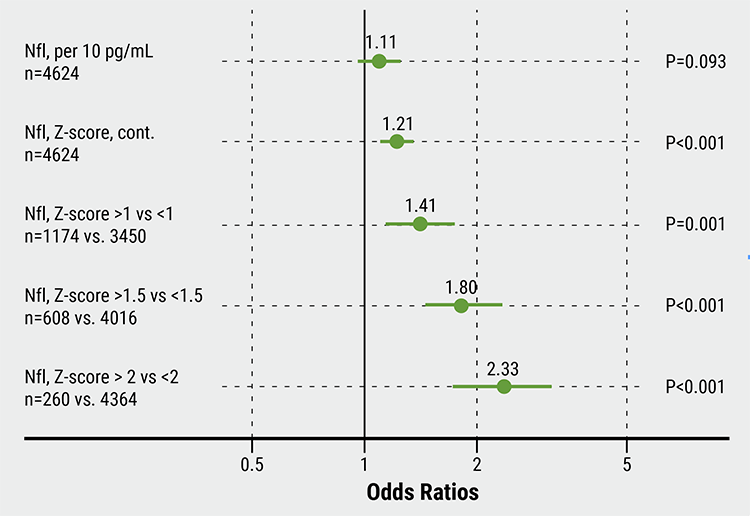Using MRI, they were able to identify features of pediatric myelin oligodendrocyte glycoprotein-associated demyelination (MOGAD) that distinguish it from multiple sclerosis (MS) and seronegative monophasic demyelination.
"We found some important features of MOGAD, including enhancement of the leptomeningeal covering of the cord, the 'H-sign' and a 'snake-eye appearance,' all of which might guide a clinician to send serum for MOG-IgG testing," Dr. Brenda Banwell of Children's Hospital of Philadelphia, Perelman School of Medicine, University of Pennsylvania told Reuters Health by email.
"It is important to recognize these differences, given that MOGAD and MS are different diseases, with different outcomes and treatments," she said. "We also show that spinal cord lesions in MOGAD often recover well over time, a very positive piece of news for parents of children with MOG-related spinal cord involvement."
As reported in JAMA Network Open, 107 participants were included in the analyses. Half were girls and the median age at disease onset was 11. Forty children had MOGAD; 21 had MS; and 46 had seronegative myelitis.
Spinal cord involvement was evaluated in 324 MRI sequences, and associated clinical features and disability scores were reviewed at five years of follow-up.
Longitudinally extensive lesions were very common in MOGAD (30 of 40 children; 75%), less common in seronegative myelitis (20 of 46; 43%), and rare in MS (1 of 21; 5%).
As Dr. Banwell noted, the H-sign (axial gray matter T2-hyperintensity) was seen in 63% of children with MOGAD; 33% of those with seronegative myelitis; and in none of those with MS.
The presence of leptomeningeal enhancement was highly suggestive for MOGAD (69% of those with MOGAD vs. 26% of those with seronegative myelitis vs. one child with MS).
Further, children with MOGAD were more likely to have complete lesion resolution on serial images (67%) compared with those with MS (none).
The authors conclude, "These findings suggest that several features may help identify children at presentation who are more likely to have myelitis associated with MOGAD. Prominent involvement of gray matter and leptomeningeal enhancement are common in pediatric MOGAD, although the pathological underpinning of these observations requires further study."
Dr. Banwell added, "Our ongoing work focuses on lesion patterns and evolution over time of lesions in the brain in children with MOGAD and MS, as well as evaluation of whether MOGAD results in a negative impact on brain growth, as is seen in pediatric MS. We are studying the impact of MOGAD on learning and cognition, as well."
SOURCE: https://bit.ly/3C4nHhE JAMA Network Open, online October 13, 2021.
By Marilynn Larkin
Posted on
Previous Article
« Long-term survival in NSCLC similar with stereotactic ablative radiotherapy or surgery Next Article
Paradoxical bronchospasm may go unrecognized in patients with COPD or asthma »
« Long-term survival in NSCLC similar with stereotactic ablative radiotherapy or surgery Next Article
Paradoxical bronchospasm may go unrecognized in patients with COPD or asthma »
Related Articles
December 20, 2022
Autologous haematopoietic stem cell transplantation versus DMTs
June 16, 2021
Serum NfL projects development of definite MS

November 25, 2020
Serum NfL as biomarker for suboptimal treatment response
© 2024 Medicom Medical Publishers. All rights reserved. Terms and Conditions | Privacy Policy

